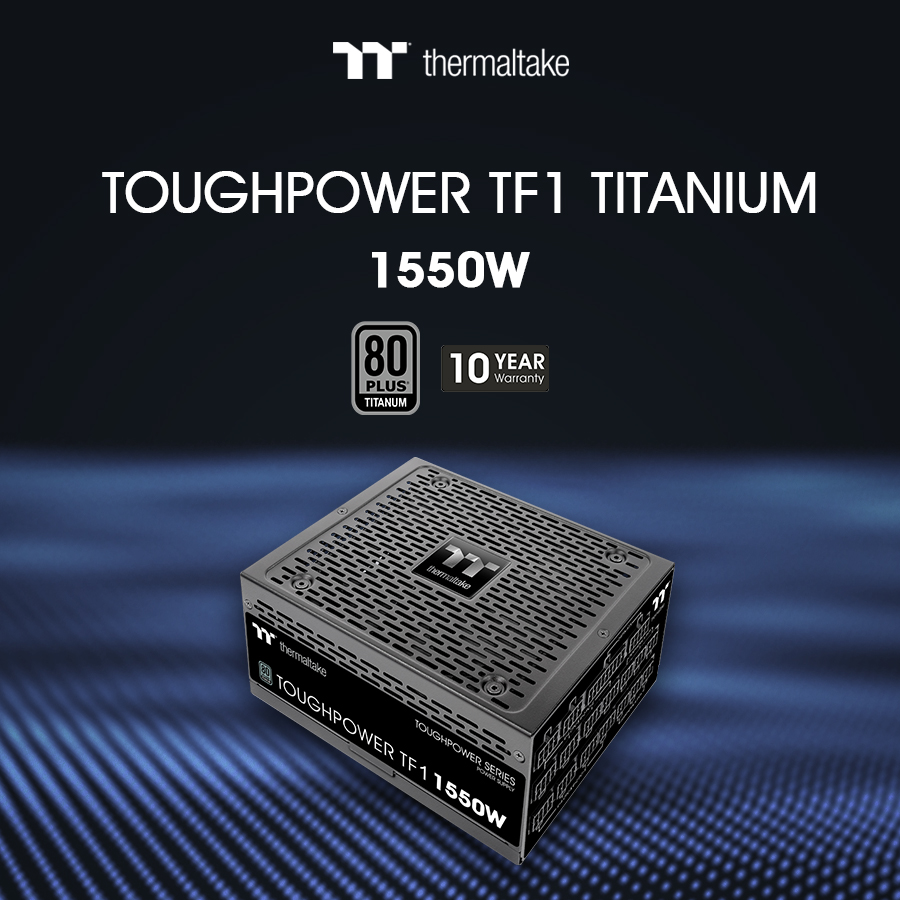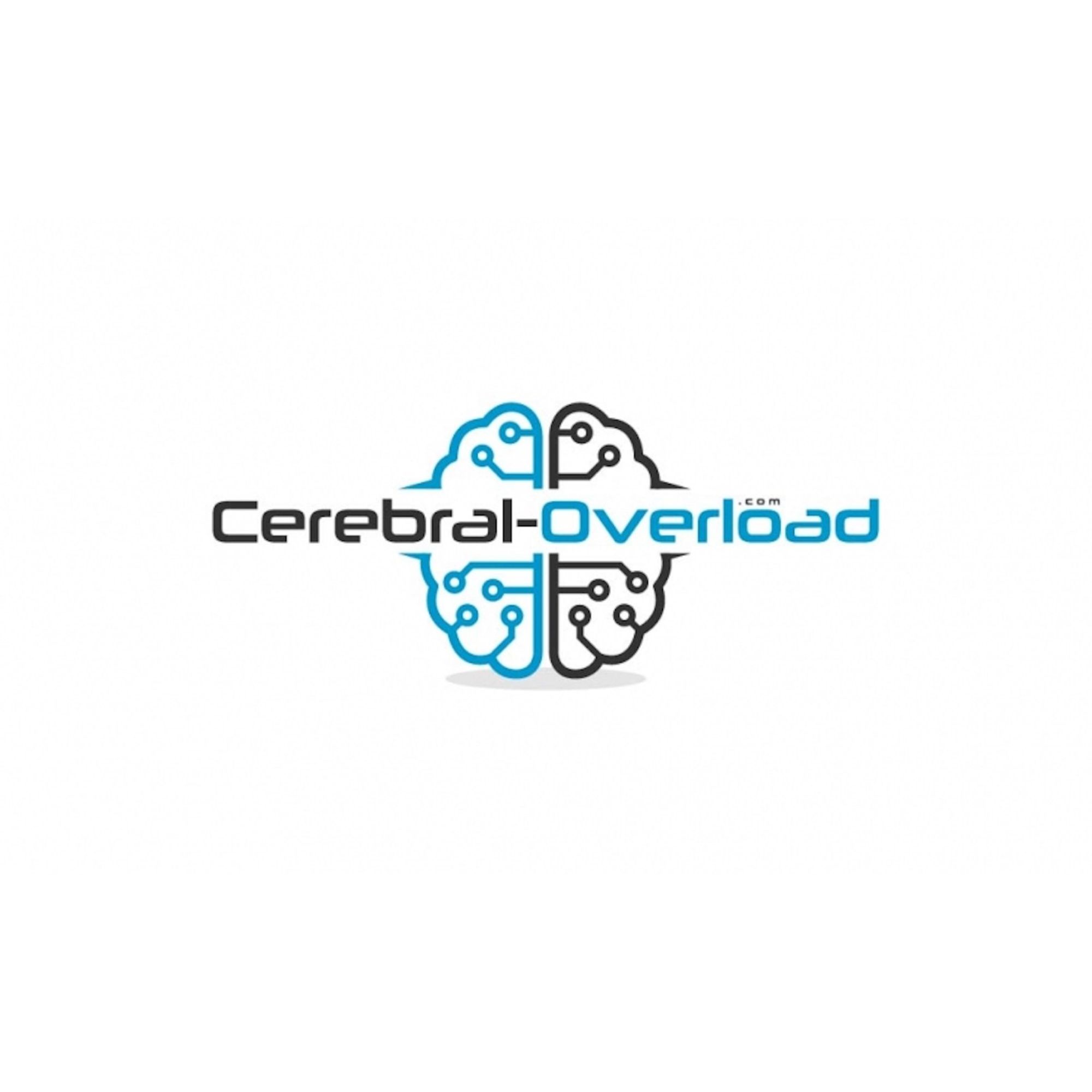National Inventors Hall of Fame Announces 2019 Inductees at CES

LAS VEGAS, Jan. 8, 2019 /PRNewswire/ — Nineteen innovation pioneers were announced today as the 2019 Class of the National Inventors Hall of Fame® (NIHF) on the main stage at CES®.
These innovators, whose inventions range from the UNIX operating system to fluoride toothpaste, will be celebrated as the newest Class of Inductees during the NIHF Induction Ceremony. In partnership with the United States Patent and Trademark Office (USPTO), NIHF will honor these Inductees in Washington, D.C. on May 1-2 at one of the innovation industry’s most highly anticipated events — “The Greatest Celebration of American Innovation.”
“I am honored to be inducted into the National Inventors Hall of Fame,” said 2019 Inductee Bill Warner, pioneer of digital nonlinear editing for video. “I love how inventions can change the world for the better, and I am thrilled to join this year’s Class.”
THE CLASS OF 2019
-
- Chieko Asakawa: Web Browser for the Blind and Visually Impaired Chieko Asakawa invented the Home Page Reader (HPR), the first practical voice browser to provide effective Internet access for blind and visually impaired computer users. Designed to enable users to surf the internet and navigate web pages through a computer’s numeric keypad instead of a mouse, HPR debuted in 1997; by 2003, it was widely used around the world.
- Jeff Kodosky and James Truchard: Virtual Instrumentation – LabVIEW™Kodosky and Truchard introduced LabVIEW in 1986 as a graphical programming language that enables user-defined testing and measurement and control systems. It grew to be used by engineers, scientists, academics and students around the world.
- Rebecca Richards-Kortum: Medical Devices for Low-Resource SettingsRebecca Richards-Kortum develops low-cost, high-performance medical technologies for people in places where traditional medical equipment is not an option. She’s led the development of optical technologies to improve early detection of cervical, oral and esophageal cancer; and tools to improve newborn survival in Africa, including the Pumani CPAP system for newborns with breathing problems; BiliSpec for measuring bilirubin levels to detect jaundice; and DoseRight, for accurate dosing of children’s liquid medication.
- Dennis Ritchie (Posthumous) and Ken Thompson: UNIX Operating SystemThompson and Ritchie’s creation of the UNIX operating system and the C programming language were pivotal developments in the progress of computer science. Today, 50 years after its beginnings, UNIX and UNIX-like systems continue to run machinery from supercomputers to smartphones. The UNIX operating system remains the basis of much of the world’s computing infrastructure, and C language — written to simplify the development of UNIX — is one of the most widely used languages today.
- Edmund O. Schweitzer III: Digital Protective RelaySchweitzer brought the first microprocessor-based digital protective relay to market, revolutionizing the performance of electric power systems with computer-based protection and control equipment, and making a major impact in the electric power utility industry. Schweitzer’s more precise, more reliable digital relay was one-eighth the size, one-tenth the weight and one-third the price of previous mechanical relays.
- David Walt: Microwell ArraysWalt created microwell arrays that could analyze thousands of genes simultaneously, revolutionizing the field of genetic analysis. His technology accelerated the understanding of numerous human diseases and is now being used in diagnosis. It has also made DNA sequencing more affordable and accessible.
- William J. Warner: Digital Nonlinear Editing SystemBill Warner invented the Avid Media Composer — a digital nonlinear editing system for film and video. Warner’s technology revolutionized film and video post-production by providing editors with faster, more intuitive and more creative techniques than were possible with traditional analog linear methods.
- John Baer, Karl H. Beyer Jr., Frederick Novello and James Sprague: Thiazide Diuretics/Chlorothiazide (Posthumous)Beyer, Sprague, Baer and Novello were part of the Merck Sharp & Dohme Research Laboratories team that pioneered thiazide diuretics, the first class of drugs to safely and effectively treat hypertension. Today, thiazide diuretics remain a first-line treatment for high blood pressure and related heart problems.
- S. Duncan Black and Alonzo G. Decker: Portable Hand-Held Electric Drill (Posthumous)Virtually all of today’s electric drills descend from the original portable hand-held drill developed by Black and Decker, whose invention spurred the growth of the modern power tool industry. By 1920, Black & Decker surpassed $1 million in annual sales and soon had offices in eight U.S. cities and a factory in Canada. Today, the company is known as Stanley Black & Decker.
- Andrew Higgins: LCVP (Landing Craft, Vehicle, Personnel); Higgins Boats (Posthumous)Higgins, a New Orleans-based boat builder and inventor, developed and manufactured landing craft critical to the success of the U.S. military during World War II. The best known was the Landing Craft, Vehicle, Personnel (LCVP), or Higgins Boat, used to land American troops on the beaches of Normandy on D-Day.
- Joseph Lee: Bread Machines (Posthumous)The son of slaves, Boston-area entrepreneur Joseph Lee was a pioneer in the automation of bread and bread-crumb making during the late 1800s. The self-educated inventor was a successful hotel and restaurant owner who created his machines to allow for greater efficiency in his kitchens, and by 1900 his devices were used by many of America’s leading hotels and were a fixture in hundreds of the country’s leading catering establishments.
- Joseph Muhler and William Nebergall: Stannous Fluoride Toothpaste (Posthumous)Dentist and biochemist Muhler and inorganic chemist Nebergall developed a cavity-preventing product using stannous fluoride. In 1956, Crest® toothpaste was introduced nationally. Four years later, it became the first toothpaste to be recognized by the American Dental Association as an effective decay-preventing agent.
For full biographies of each Inductee, visit invent.org/honor/inductees/.
THE CELEBRATION
The Class of 2019 will be honored at “The Greatest Celebration of American Innovation,” a two-day event held in our nation’s capital. Danica McKellar — star of the TV show “The Wonder Years,” Hallmark Channel regular, mathematician and author — will serve as master of ceremonies.
- May 1 – Illumination Ceremony at the National Inventors Hall of Fame Museum at the USPTO Headquarters in Alexandria, Virginia, where new Inductees will place illuminated hexagons displaying their names in the Gallery of Icons.™
- May 2 – The 47th Annual National Inventors Hall of Fame Induction Ceremony will be held at the National Building Museum in Washington, D.C., where the new Inductee class will be honored for their contributions to society during an evening including a black-tie dinner, ceremony and after party. To learn more about the event, visit invent.org/honor/inductees/induction-ceremony/.
“The National Inventors Hall of Fame honors the innovation game-changers who have transformed our world,” said NIHF CEO Michael Oister. “Through inventions as diverse as life-saving medicines and web browsers for the visually impaired, these superhero innovators have made significant advances in our daily lives and well-being.”
About the National Inventors Hall of Fame
The National Inventors Hall of Fame (NIHF) is the premier nonprofit organization in America dedicated to recognizing inventors and invention, promoting creativity, and advancing the spirit of innovation and entrepreneurship. Founded in 1973 in partnership with the United States Patent and Trademark Office, NIHF is committed to not only honoring the individuals whose inventions have made the world a better place, but to ensuring American ingenuity continues to thrive in the hands of coming generations through its national, hands-on educational programming and collegiate competitions focused on the exploration of science, technology, engineering and mathematics. The National Inventors Hall of Fame Museum is a Smithsonian Affiliate. For more information, visit invent.org. To nominate an inventor for Induction, visit invent.org/nominate.





